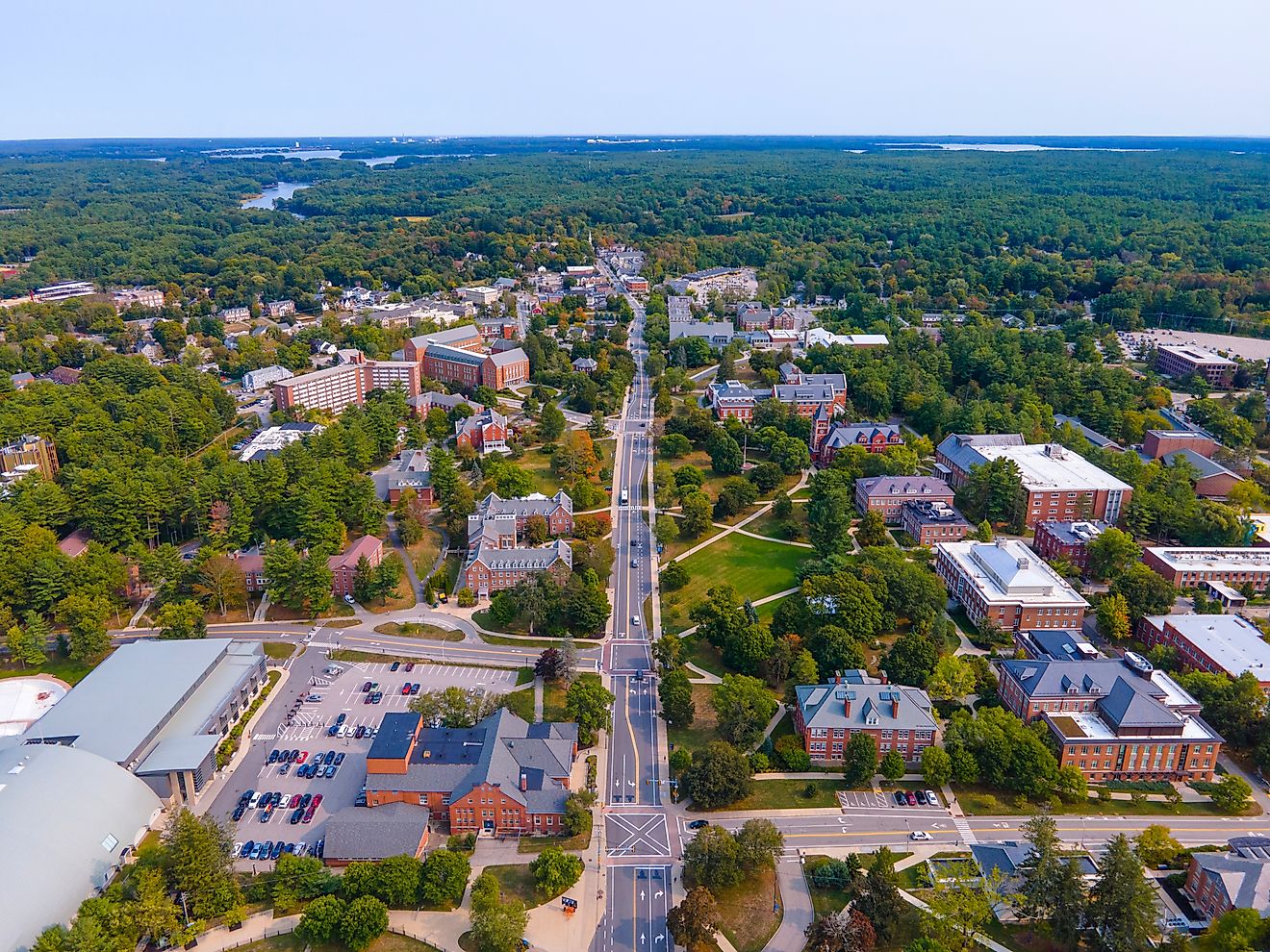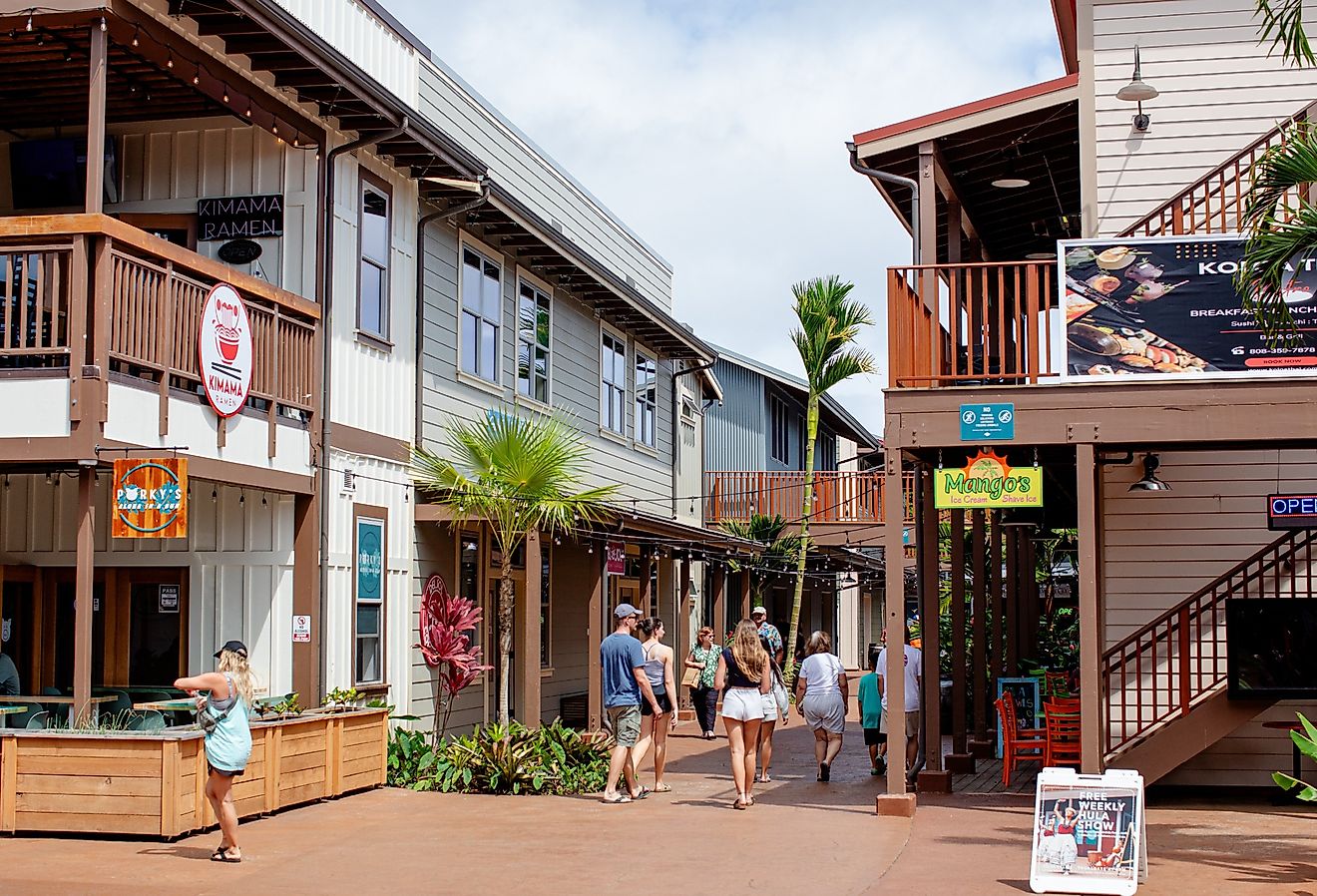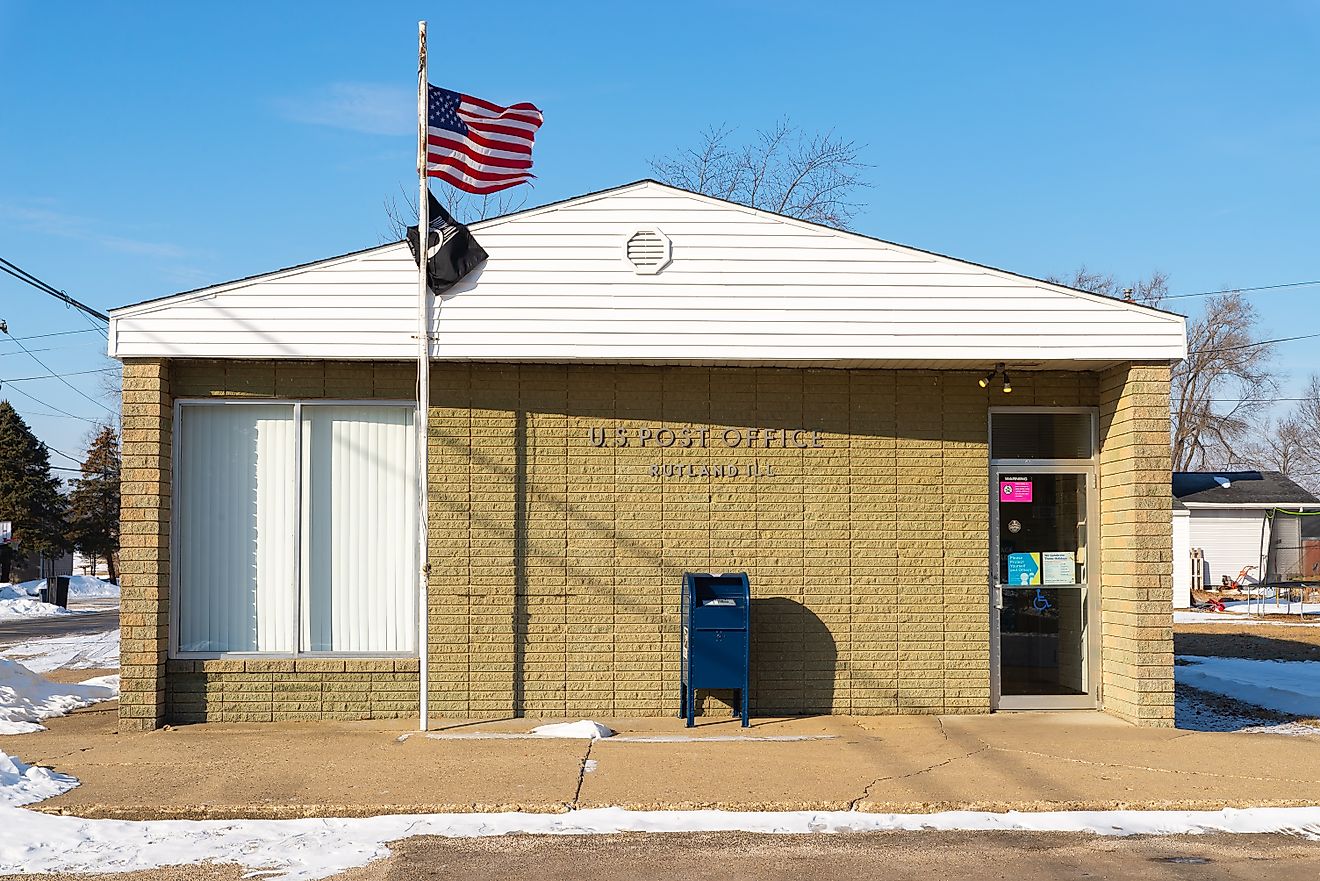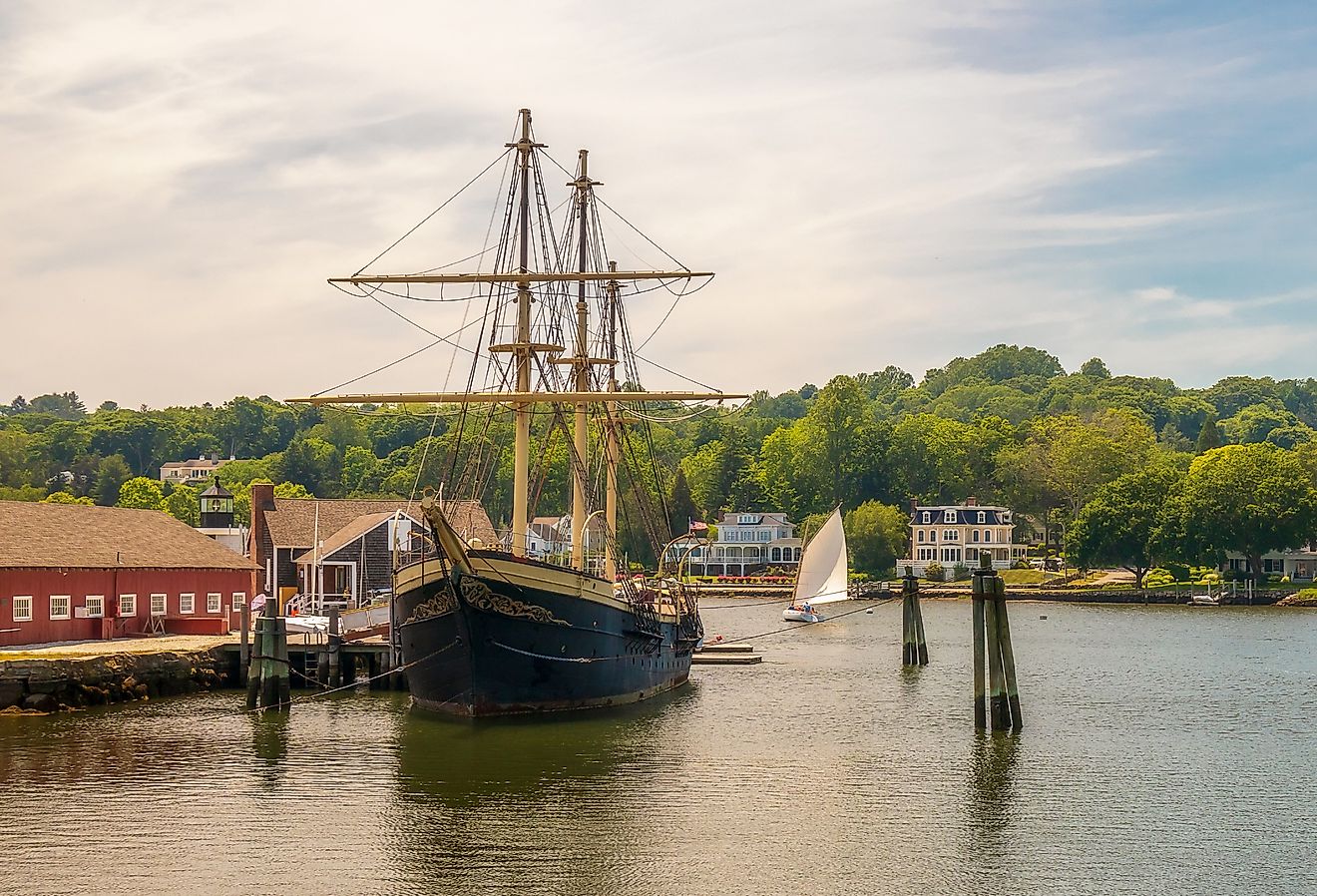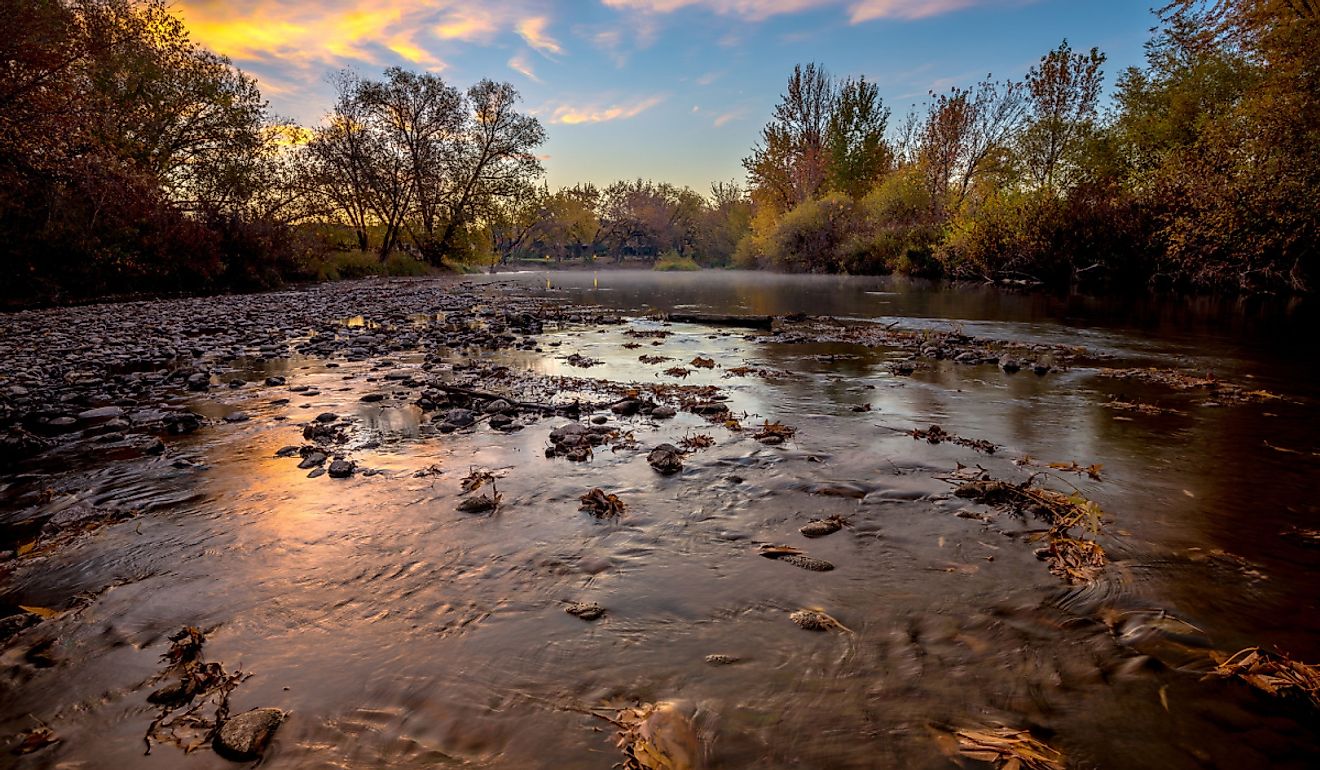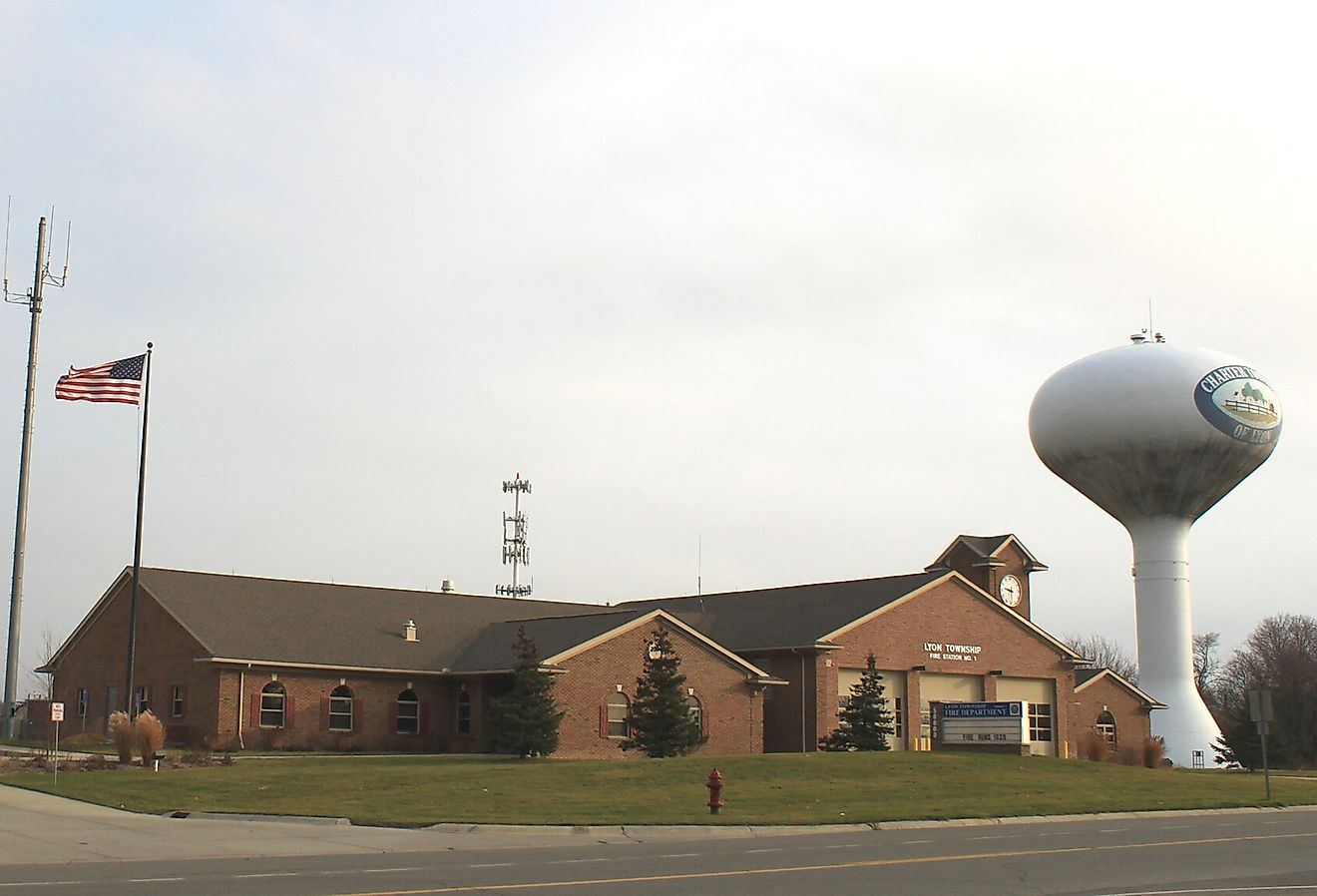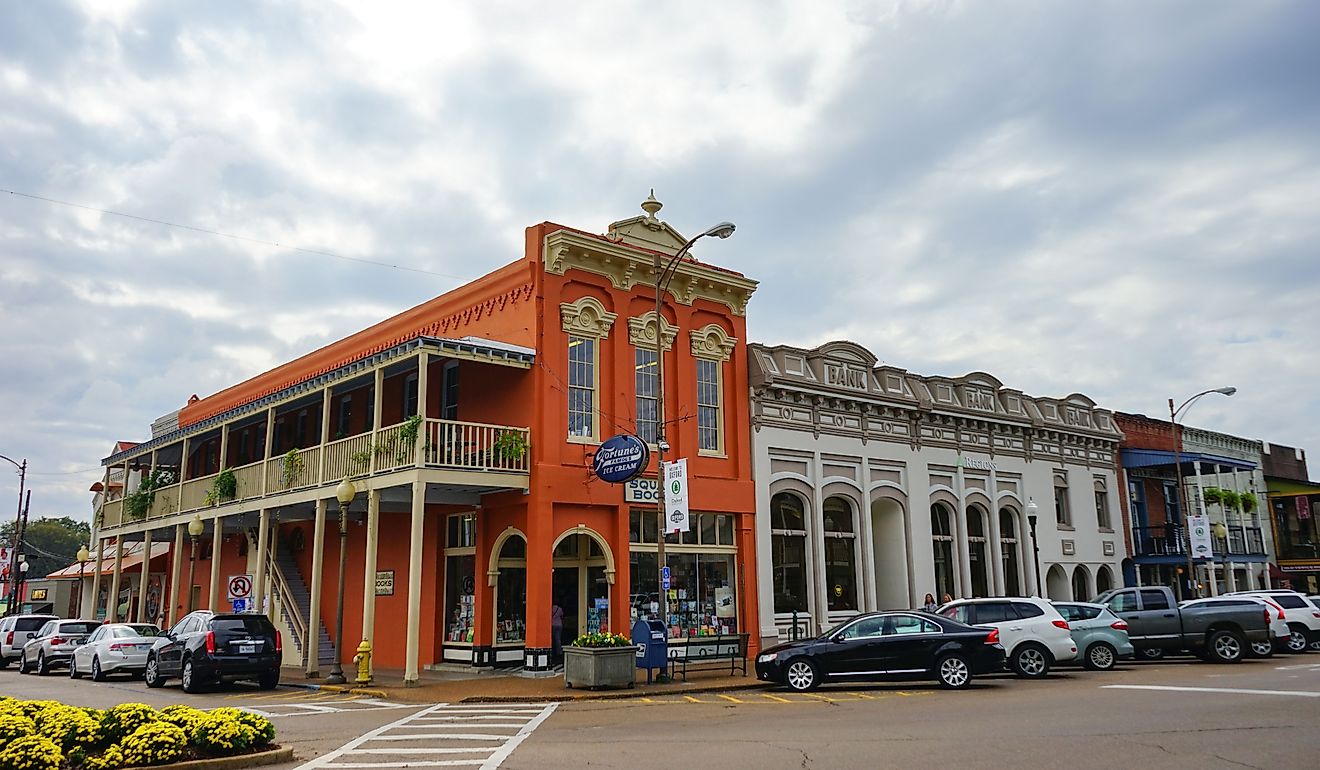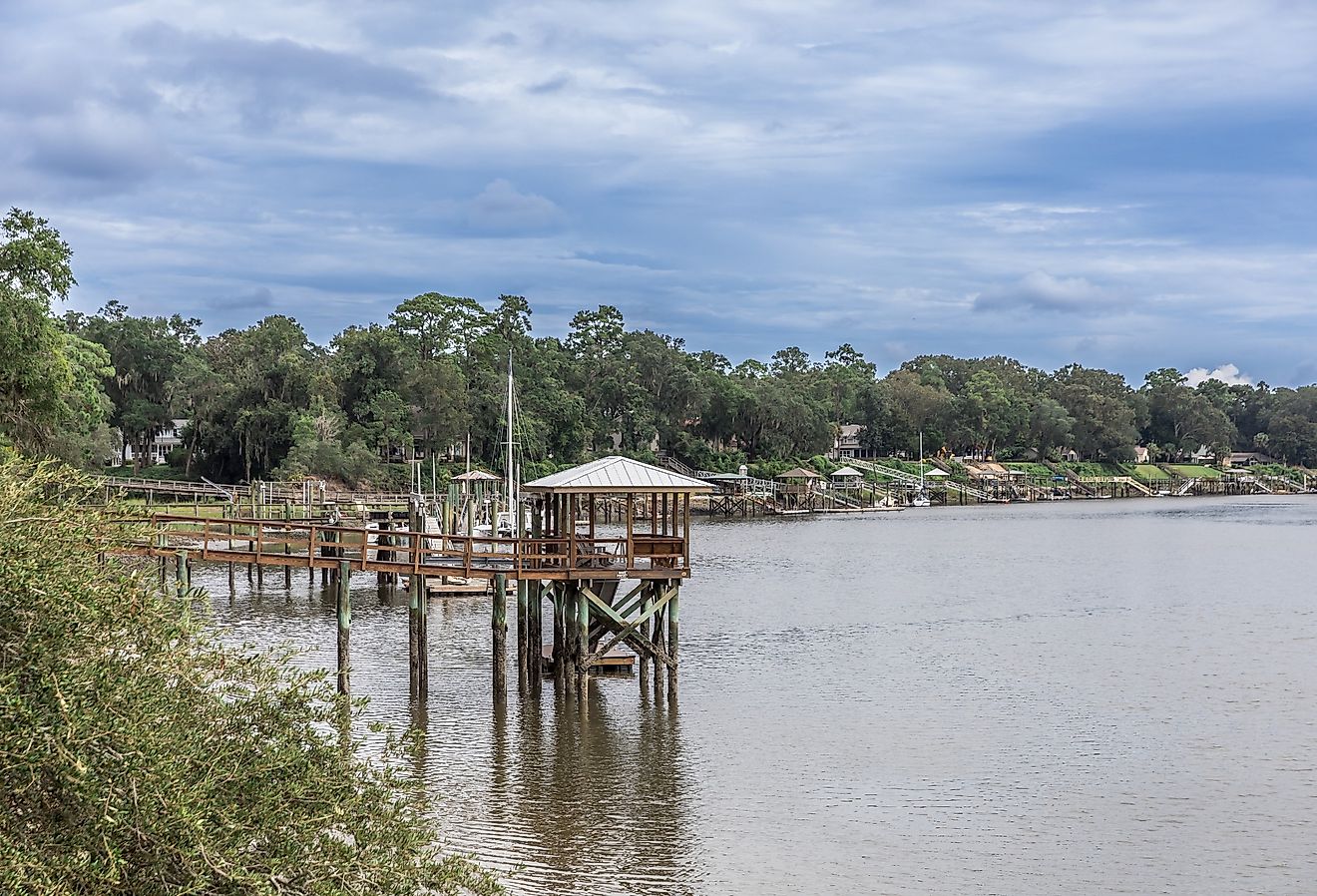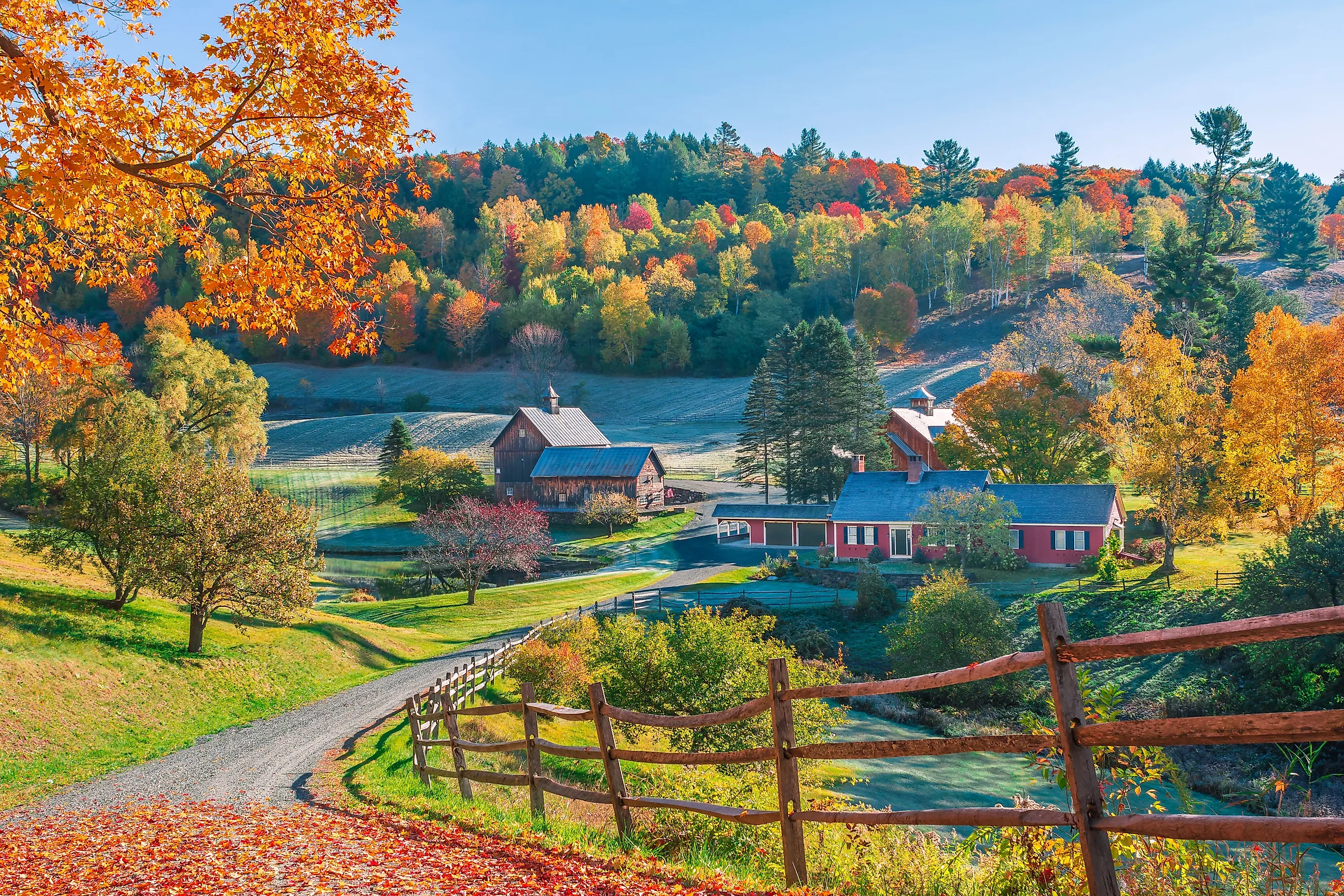
Vermont's 'Quintessential New England Village' Is Celebrated For Its Picturesque Covered Bridges
With tree-lined streets, historic homes, and three of Vermont’s 100 covered bridges, Woodstock lives up to its storybook reputation, attracting thousands to its postcard scenes and attractions. But beyond the hallmark charms of this “Quintessential New England Village,” visitors can also unmask a heritage rooted in craftsmanship, creativity, and conservation. Coupled with New England’s famous hospitality, this Vermont town celebrates its heritage with exciting festivals and year-round attractions, from art galleries to the state’s only national park, and everything in between. If you take the time to explore Woodstock beyond its covered bridges, you may just uncover the depth of history, culture, and natural beauty that truly brings this enchanting New England village to life.
From Humble Beginnings To A Thriving Creative And Tourist Hub
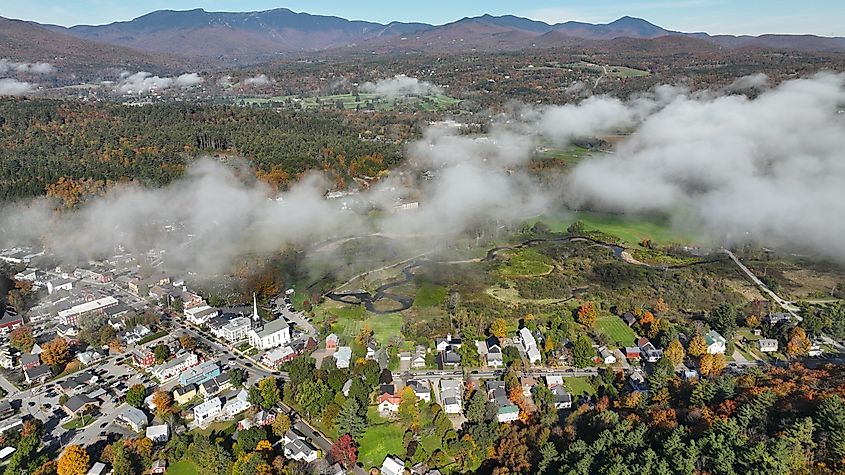
Although Woodstock is famous for its art scene and reputation as "The prettiest small town in America," knowing its history makes it that much more charming. Today, the village is cherished for its small-town atmosphere and slow pace. By contrast, it once thrived as a bustling center of commerce and craftsmanship, playing a pivotal role in Vermont's early economy. While the town was officially incorporated in 1837, its origins date back to 1761, when the land was first chartered. Within a decade, 42 settlers called Woodstock home, transforming the blank canvas of rural land into a thriving frontier community. From there, Woodstock only continued to grow.
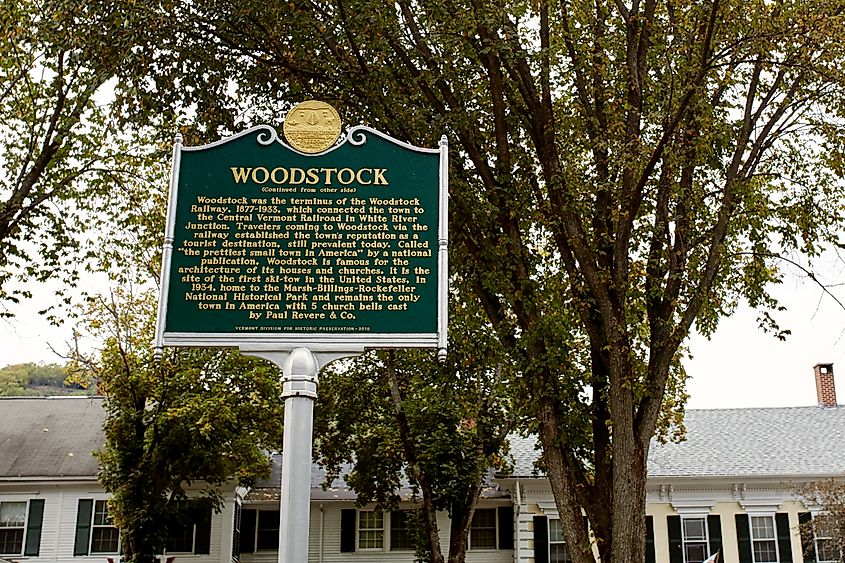
By the time Vermont was elected the fourteenth state in 1791, Woodstock had blossomed that much more, housing taverns, shops, and a courthouse and jail. Its setting on the Ottauquechee River made it a trading and commercial center, enticing more and more people to move here until it became one of the largest towns in Vermont. By the 1840s, Woodstock reached its peak population of over 3,400 people, growing into a popular hub for craftsmen, manufacturers, and artisans.
For much of the 1800s, the village housed a range of craftspeople, including tanneries, jewelers, woodworking shops, silversmiths, and cabinetmakers. Its unpaved streets were almost always crowded with carriages, stagecoaches, and pedestrians, signifying the town’s economic power and growth. While this reputation began to dissipate by the end of the Civil War, the newly introduced Woodstock Railroad transformed the town yet again into a holiday destination for the wealthy. Despite the railroad closing during the Great Depression, the Vermont village persevered, maintaining its reputation as a tourist town.
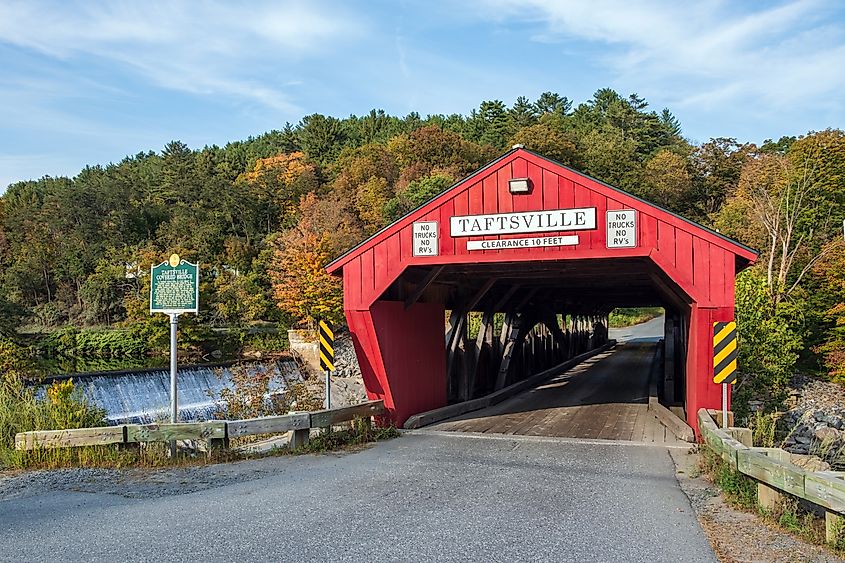
Woodstock in 2025 paints a different picture. While the village still upholds its heritage as a delightful tourist destination, it is certainly not just reserved for the wealthy, welcoming all to enjoy its New England charms. Many, however, are unaware of the power and influence the community once held. Despite this, Woodstock’s past influences the town to this day. Through its art-focused festivals, galleries, historic sites, and preserved rural scenes, its spirit of creativity and artistry has never been livelier.
Events and Traditions: An Homage to Woodstock’s Artisan Origins
The Woodstock Art Festival
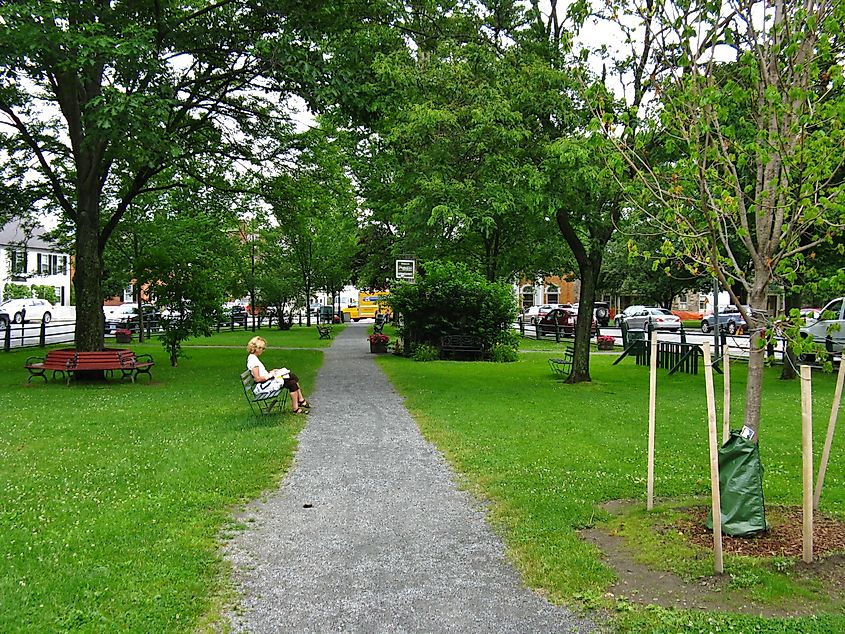
On September 6 and 7, 2025, Woodstock’s annual Art Festival will bring the Village Green to life once again. Over the years, “The Green,” as locals call it, has become a gathering place for musicians, artists, and other creative souls, hosting many of the town’s best events. The first weekend in September, the historic town center will feature art displays from over 30 New England artists, ranging from classical paintings to modern photography. Coupled with music, food, and spirits, this is one event to mark your calendar for if you love all things art.
Woodstock Apples And Crafts Fair
The following month, on October 11th and 12th, 2025, Woodstock will host its 51st Annual Apples and Crafts Fair and Food Truck Festival. The cozy tradition pays tribute to autumn, perfectly timed with Woodstock’s famous leaf-peeping season, which peaks in early to mid-October. The two-day event will showcase over 100 artisans and craftspeople, along with a range of unique food trucks to choose from. This festival even allows you to bring your four-legged friends, making it a great outing for the whole family!
Best Attractions and Activities in Woodstock
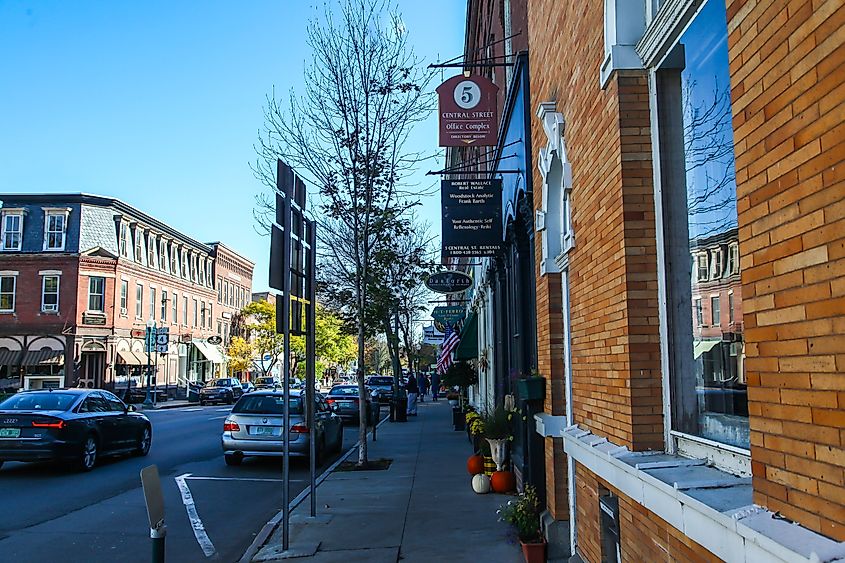
Discover Woodstock’s Art Galleries
Outside of Woodstock’s festival season, the town’s art galleries take center stage, displaying a fabulous range of New England artistry. The Woodstock Gallery is one example, showcasing a catalog of contemporary works from over 30 artists. Other popular locales include Collective, a cooperatively-owned gallery run by its members, who also supply the art. Set in a 19th-century building, visitors can browse an eclectic collection of handmade creations made using a range of mediums, like pottery, glass, and wood. From one-of-a-kind jewelry to hand-sculpted bowls, Collective honors Woodstock’s origins as an artisan hub by platforming craftsmanship and creativity.
Browse An Antique General Store
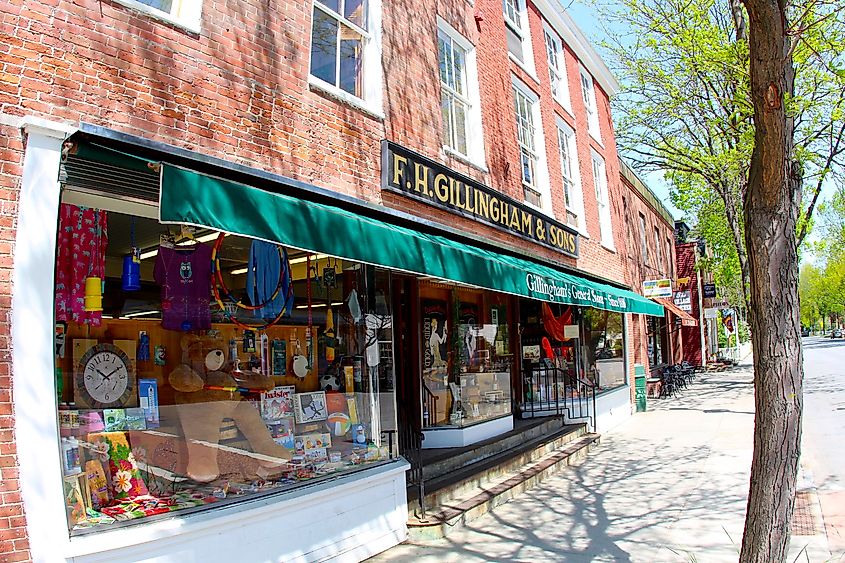
As of 2025, the F.H. Gillingham & Sons General Store has proudly served the Woodstock community for nearly 140 years. The business first opened its doors in 1886, and the Gillingham family has preserved the original owner’s legacy ever since. Famous for being “One of the Oldest Same Family-Run General Stores” in the country, this Woodstock landmark upholds tradition and history with its inventory. Strolling through, you can expect shelves lined with classic New England staples like pure Vermont maple syrup, artisanal cheeses, and a range of old-fashioned confections and penny candy. If you want to experience the charm of 19th-century Woodstock, this is the perfect place to step back in time.
Explore Vermont’s Only National Park
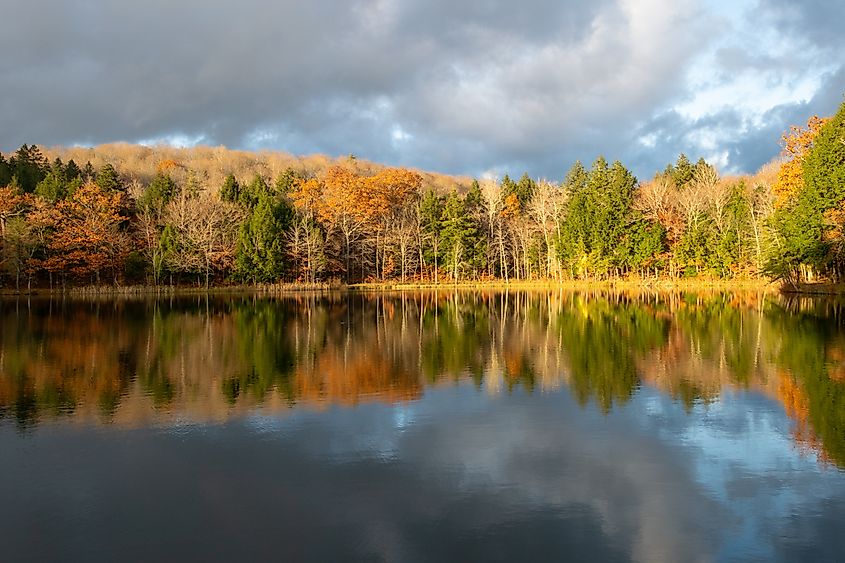
The Marsh-Billings-Rockefeller National Historical Park is another must-see attraction for those looking to travel back in time to 19th-century Woodstock. The historic grounds can be explored on over 20 miles of trails, through forests, wildflower patches, and stunning overlooks. The land is also centered around the property’s Victorian mansion, which can be toured from May through October. However, history runs far deeper than this show-stopping landmark.
The park’s legacy of conservation is the true star, showcased in the beautifully preserved landscape, which is even more impressive when we look at the past. By the late 1800s, 80% of Vermont’s trees had been chopped down for their land and timber, leaving the Green Mountain State far less “green” overall. Thanks to a succession of dedicated owners, the parkland resisted destruction, upholding the importance of environmental conservation. Today, the property stands as a symbol of environmentalism and resilience, its landscape forever frozen in time.
Hike The Scenic Ottauquechee River Trail
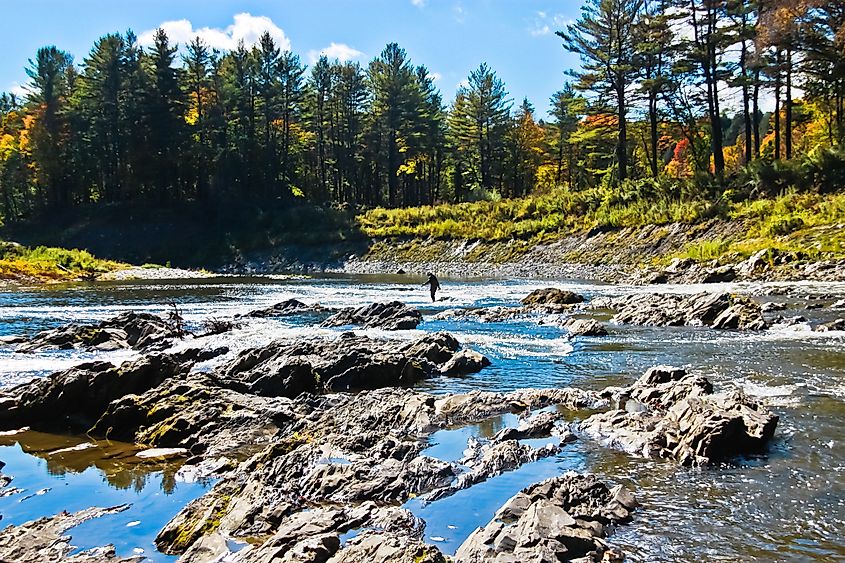
Much of Woodstock’s historic rise to prominence was owed to its setting along the Ottauquechee River. Today, the waterway is a beloved backdrop and recreational area for residents and locals alike. The Ottauquechee River Trail is a charming 2.5-mile path following the riverbank, past open fields, forests, and sections of Woodstock’s historic railroad bed. With an “Easy” rating from TrailFinder, this is a great hike for the whole family, leashed four-legged friends included.
The Takeaway
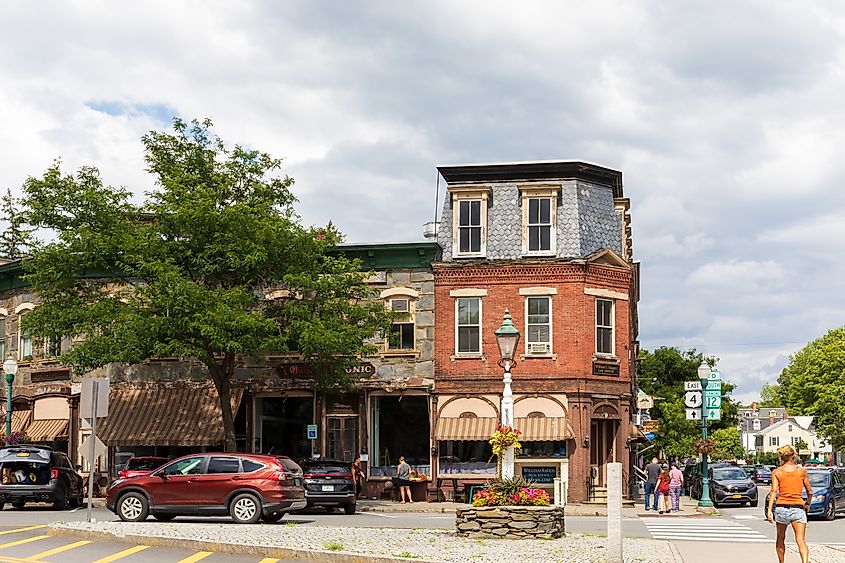
On the surface, Woodstock can look like any average New England town. And while it certainly has some of the region’s classic charms, from its covered bridges to its stunning autumn foliage, it also sets itself apart from the crowd. Having served as a hub for creative souls, freethinkers, and conservationists, this heritage lives on in Woodstock’s festivals, landmarks, and attractions. By combining Woodstock’s popular landmarks with sights and attractions centered around its art scene, history, and culture, you will experience a more authentic side of this “Quintessential New England Village.”
